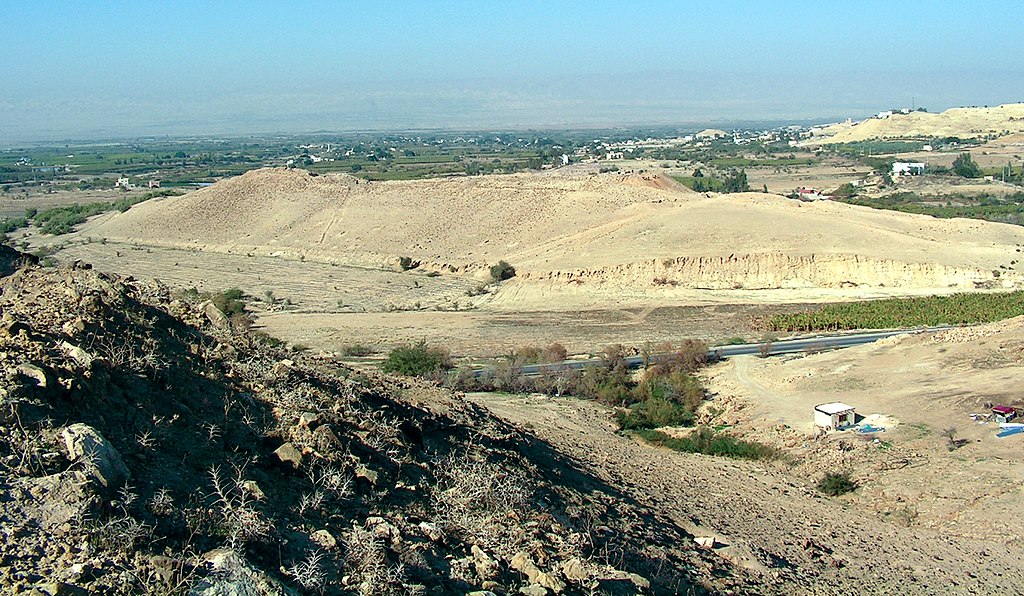Muddied bricks and
melted sheets of bronze
disclose the
revelation of
your erasure.
Between molten pots
and shattered bones
a flash of heat
scars the earth,
fractured branding
imbued with the debris
of your obliterated past.
Fire,
brimstone,
air,
and salt,
flicker in silent witness
that you were ever
really there.

This poem is inspired by recent research, which has found that a cosmic impact destroyed a Middle Bronze Age city in the Jordan Valley.
Tall el-Hammam was an ancient walled city in the southern Jordan Valley located northeast of the Dead Sea. Previous research has shown that this region hosts evidence of human settlements from the Copper Age (5000 to 3300 BCE) to the Bronze Age (3300 to 1200 BCE). However, there is a strange 1.5-meter interval in the Middle Bronze Age II stratum (around 1650 BCE) that contains highly unusual materials. In addition to the debris from destruction via warfare and earthquakes, this layer has also been found to contain pottery shards with outer surfaces melted into glass, partially melted building material, and fragmented human remains, all indications of an anomalously high-temperature event (greater than 2,000 degrees Celsius), much hotter than anything that the technology of the time could have produced.
In this new study, researchers suggest that this destruction event was caused by a cosmic airburst, a burst of air resulting from a meteor exploding as it hits the thicker part of Earth’s atmosphere. Such an event can detonate with an incredible amount of heat and energy, generating shockwaves that can level buildings across a large area. In addition to the high temperatures needed to produce the debris found in the destruction layer, proof for this airburst is demonstrated by the discovery of shocked quartz, sand grains containing cracks that form only under very high pressure. An airburst may also explain the extremely high concentrations of salt found in the destruction layer (which was as high as 25% in some samples). Salt would have been created due to the high impact pressures, and then spread out across the region. This high-salinity soil was potentially responsible for the so-called ‘Late Bronze Age Gap’, in which cities along the lower Jordan Valley were abandoned, as nothing could grow in these formerly fertile grounds, forcing people to leave the area for centuries. The researchers conclude that similarly devastating cosmic events are expected to recur every few thousand years, and while the risk is low, the huge amount of potential damage encourages the development of future mitigation strategies.
Discover more from The Poetry of Science
Subscribe to get the latest posts sent to your email.
Nice poetic complement and summary of our work. Thanks for the smile.
Thanks Phil!
And thanks for the awesome work that inspired it. 🙂
Sam
Thanks Phil. 😀